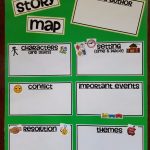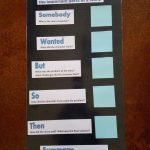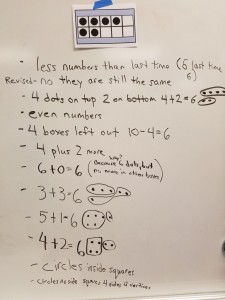Day 2 was all about Writing, More Games, Technology, Back to School, and Top Tips. It was just as jam packed with new information as Day 1; I believe I enjoyed it even more, excited to try new ideas, excited to get back to school. This is something because I love summer time with family and friends. To be honest, something most teachers understand, school breaks and summer are practically the only time I get to visit with friends. Luckily I have some golden ones.
However, back to GYTO. I will give a general review because it would be unfair to give away someone else’s material. This is to spark interest or remind myself of specific action points.
Writing is an area in which I feel confident. Yet I feel I will be a stronger teacher this year due to the ideas presented by Hope King. She has a way of breaking information down for students that stays relevant, yet gives easy clarity for the students. I kept thinking, “Ooh, I like that one. Let me add it on my “Try It Out” list. The index is long enough that I’ve decided to use a Table of Contents this year for Professional Development ideas. It’s not even August. I’m even going to follow the suggestion to move out of my comfort zone by trying a couple of content songs taught by the King team, one being about the writing process. Poor children :). For writing, Hope uses a hamburger paragraph with on point explanations that are fun for the students. There were also new ways to learn grammar.
For technology, I plan to look further into tes teach, formerly blendspace, to congregate links for students and parents under concept categories. It was a little awkward to be presented with blendspace, then find out the name/format of the website were all changed 10 months before the conference. There were 4 ideas in this session that look interesting. Some I already use, but again, the session was worth my time. For a two day conference, there were no sessions where I didn’t come away with several new ideas. For games, again, I received new ideas. One used the human hippos you may have seen on Pinterest, but in an educational fashion.
Amy Lemons presented more math games and fresh back to school ideas. For math, I really like using the Origo Fundamentals books so this part of the day was probably the least exciting, but only because I feel I have a really strong set of games. I already own the orange and purple books, and I will buy the green book this year, dependent upon the job I receive. However, there were still games I can use. For Back to School, I was excited to see something beyond the same quilt, t-shirt, or books for the beginning of the year. The games were highly engaging.
Lastly, were the Top 10 Tips for Teachers. Think of this as the motivational session. I left feeling as if I had a new perspective on Engagement, new strategies, and new lesson ideas. Five out of five stars for a comprehensive professional development – definitely worth the money. Check them out to see if they are presenting on your grade level in an area near you (two at my table were from out of state) Get Your Teach On. I receive nothing for my review; I’m just a teacher who loves to teach and share.




